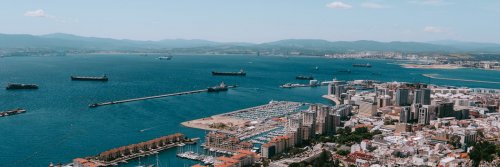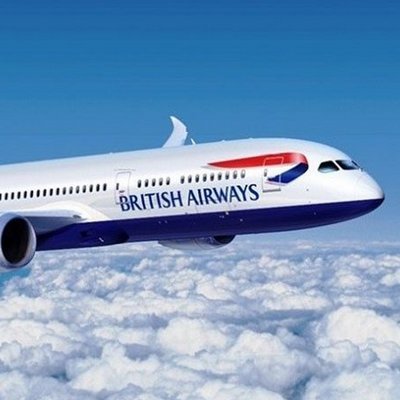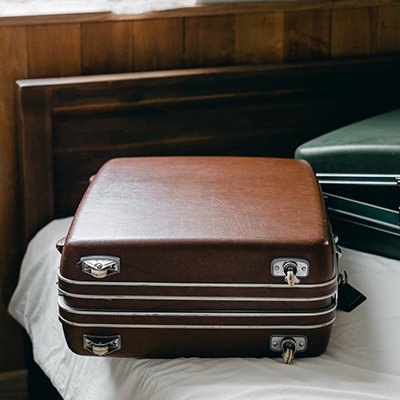Some of the world's most dangerous runways are akin to playing Russian roulette with your life. For some adrenaline junkies, these airport landings are dream destinations. But for the majority of travellers, especially those who like to be in control of their own destiny, it’s the stuff that nightmares are made of. If you happen to have a fear of flying (aerophobia), then these destinations would definitely be off your radar—unless it's possible to take a car, train, bus, donkey, or whatever, on an overland trek.
Airport approaches and departures vary in their challenges, including mountains, oceans, short landing strips, icy runways, extreme weather, and complex runway layouts. Despite this, flying is one of the safest modes of travel. But, depending on the destination, some require extreme precision and incredible pilot skill to make a landing appear seamless for passengers, rather than a teeth-clenching, armrest-gripping moment of horror.
Listed below are some of the most dangerous runways where fear and morbid fascination collide:
Gibraltar Airport
Sitting between Spain and Morocco, Gibraltar is a small British Territory on the tip of the Iberian Peninsula. Gibraltar International Airport is notorious for its hazardous runway, which intersects with one of the city's major roads, Winston Churchill Avenue. Planes taking off and landing here fly only meters above this 4-lane busy highway, giving pedestrians and car passengers the chance to actually wave to the people on the plane. This quirky anomaly is overcome by all foot traffic and vehicles being stopped at a police-controlled railroad-style crossing each time a plane departs or lands. The aircraft literally roars overhead, passing by windshields with no room whatsoever for pilot error.
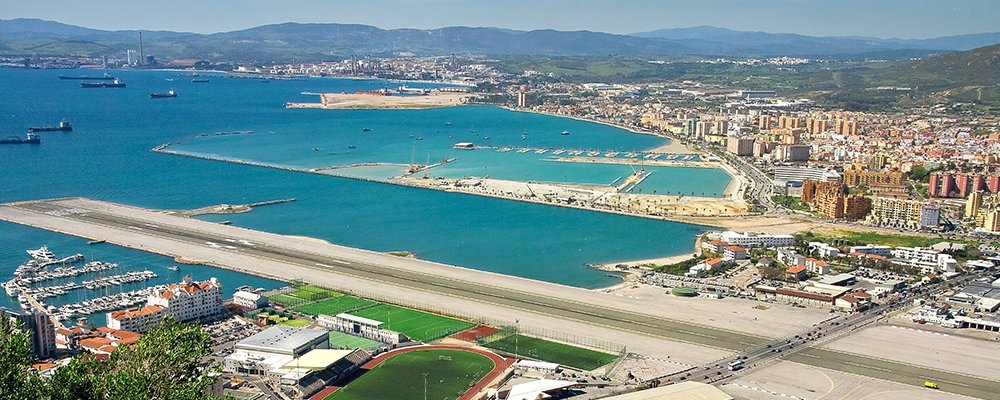
Gibraltar International Airport was constructed as an emergency airport during World War II and remains operational to this day. This runway is so famous that John Lennon and Yoko Ono had selfies taken at the crossing after their wedding. Listed as one of the must-do things when in Gibraltar, the airport's website has tips on how to have this terrifying experience. This airport takes plane spotting to a whole new level.
Princess Juliana International Airport, Saint Martin
Known worldwide for its jaw-dropping approach, this airport has a runway that's just meters from one of the world's most famous beaches—Maho Beach on the tiny Caribbean Island of Saint Martin. It gives a day at the beach a whole new definition—sun worshipping with the added bonus of jet blast waves! Maho Beach is a white-sand paradise with very little vegetation, due to erosion caused by the jet blasts. It's a rollercoaster ride for plane spotters, with sand scouring from the violent wind gusts, ear-splitting roars, and water torrents as it blasts the ocean.
One of the oldest airports in the region, the airport was originally a US military airstrip during World War II. The runway requires a very different approach, which is really a 'beach landing'. Planes fly as low as 32 feet above the bronzed bodies! Sounds amazing for those wishing to stand below an aircraft as it comes in to land, but there is a caveat to consider. A New Zealand woman died in 2017 after sustaining injuries from the jet blast of a departing plane. Most bars along the beach display airline departure and arrival times for the die-hard plane spotters.
Tenzing-Hillary Airport, Nepal
Often considered the most dangerous airport to land at, Tenzing-Hillary Airport features a short and steep runway that terminates in a jagged cliff at one end and a solid rock formation at the other. There have been at least five fatal plane crashes, plus numerous non-fatal accidents, due to the dangerous location and the unpredictable weather.
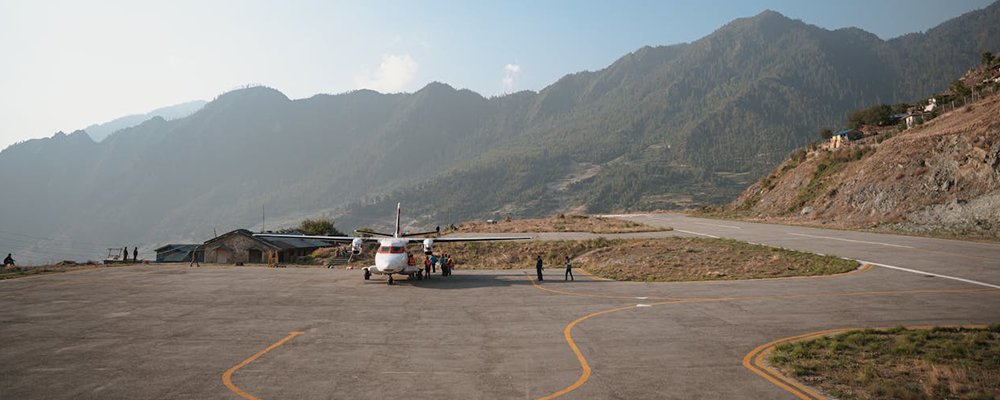
Also known as Lukla airport, it was built in 1964 under the supervision of Sir Edmund Hillary—he's one of two people (the other being Tenzing Norgay) who were the first to climb to the summit of Mount Everest in 1953. The airport was initially intended to be built on flat farmland, as it serves as the starting point for reaching the Mt. Everest Base Camp, but the locals refused to give up their land. Hence, it was built in this treacherous position. The story goes along the lines of Sherpas performing foot-stomping dances to flatten the land, as Hillary wasn't happy with the runway's soil resistance. Eventually, in 2001, the runway was paved.
There are definitely plenty of panty-wetting moments to be had on this runway, with a good dose of fear and chair gripping despite the breathtaking views out of your window. Short (1,729 ft) with an 11.7% gradient, it's only experienced pilots who can navigate the challenge of landing and taking off here. The incline helps when taking off, but it complicates landings. As the airport lacks advanced navigation systems and operates under Visual Flight Rules, it's a wonder that any planes survive.
Airports can be taken for granted until you have had the pleasure of landing or taking off from one that is considered high risk. Apart from the above, there is the narrow sandy runway of Amata Kabua International Airport in the Marshall Islands, and the Sumburgh Airport in Scotland, which is another runway that crosses a main road leading to the Viking site of Jarlshof. More nerve-wracking runways include the Jungle Airstrip in the Amazon, where howler monkeys dash around the runway. The short runway amidst the towering French Alps of Courchevel Airport in France, which can be frozen in winter, or the scary mountainous landing in Bhutan at Paro International Airport.
Arriving at a destination signals the beginning of an adventure, so once your feet are on the ground at one of these precarious runways, say a little prayer of thanks that you arrived safely.
Gail Palethorpe, a self proclaimed Australian gypsy, is a freelance writer, photographer and eternal traveller. Check out her website Gail Palethorpe Photography and her Shutterstock profile.

